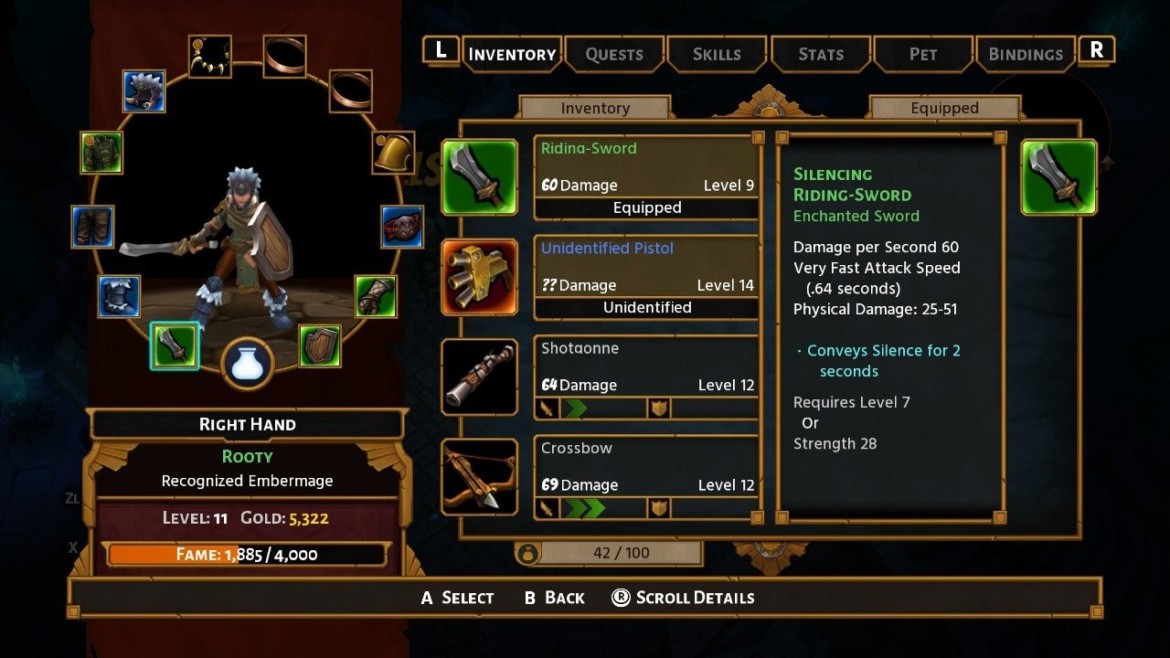

The main concept behind the addictive gameplay is as follows: enter into an area, seek out enemies and destroy them. If you like the idea of getting down and dirty with just a ridiculous amount of equipment, customization, and quests jumping out at you from every single bush, then you’re already 80% on board with Torchlight II. While the plot is a vessel to drive the game forward, players should not feel worried if they lose the thread or misstep within the parameters of the storyline. He’s gone insane, and is trying to find a cure via destroying everything, and you need to find some way to stop him, while also showcasing your abilities to be a fine adventurer yourself. Torchlight, the main city which inspires the title of the game, has just been razed to the ground by The Alchemist, a character from the first game who used to be a good guy (and a playable character). Also, just surgically remove the central plot because who the hell cares when you’re neck deep in goblins, skeletons and piles of gold? There is a story to Torchlight II, though it’s canonical connection to the first game should not put off newcomers. Add a ton of variety to the enemies and make them more fantasy and less Gothic in nature. Now increase the loot by an absurd amount. You’ve got a game like Diablo II, the classic hack-n-slash dungeon crawler where you’re drowning in loot at all times.

If you’ve never played Torchlight or Torchlight II, consider this for a moment. Thankfully, the Nintendo Switch edition of Torchlight II erases all those concerns, as the buttons and controls port perfectly to Jo圜ons and 3rd party controllers alike. As a result, I walked away feeling like it was a good idea, but there wasn’t a great way to pull it off just yet. However, it relied on touchscreen controls, and the hope that players around the world and across platforms would have device-compatible controllers was a bit too far of a reach.

The biggest draw of the entire exercise was being able to play Torchlight on the go, and that, for the most part, was executed successfully. It played fairly well, but I don’t remember being especially wowed by it. At that time, Perfect World was pretty sure they were going to do a straight Torchlight II port (and now they’re working on an exclusive MMO set in the Torchlight world, Torchlight Frontiers), so the demo was, in essence, Torchlight II. Interestingly enough, I’ve seen Torchlight in mobile format some years ago at a Tokyo Game Show back in 2015. I’m talking, of course, about Torchlight II. Before that, though, we must all salute their valiant work and success in taking the last, great title of Runic Games, the IP that’s forever owned by Perfect World, and making it a masterpiece on the Nintendo Switch.

Their mastery in making ports of games that seemed unfathomable on the Switch has been legendary, and the greatest challenge – Witcher 3 – is still on the horizon to prove whether they truly have dominion over the games. However, I do hope that everyone, and not just the fanboys, can remember the name Panic Button. Many people will point towards studios bringing AAA titles for the first time to a Nintendo home, and how that makes certain big players the strongest members of the library, or how Nintendo finally decided to play ball with other kids and it led to the best partnerships of the generation. When we look back at the Switch in ten years time, there’ll be a lot of debate about the best and worst titles, the choicest exclusives, and the bemoaning of how we still didn’t get Mother 3 in the US.


 0 kommentar(er)
0 kommentar(er)
